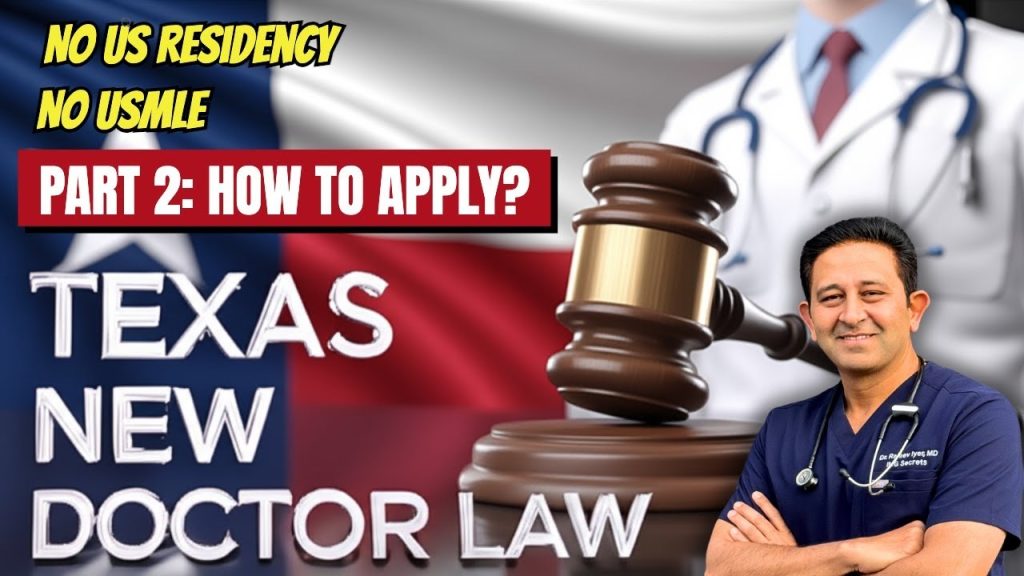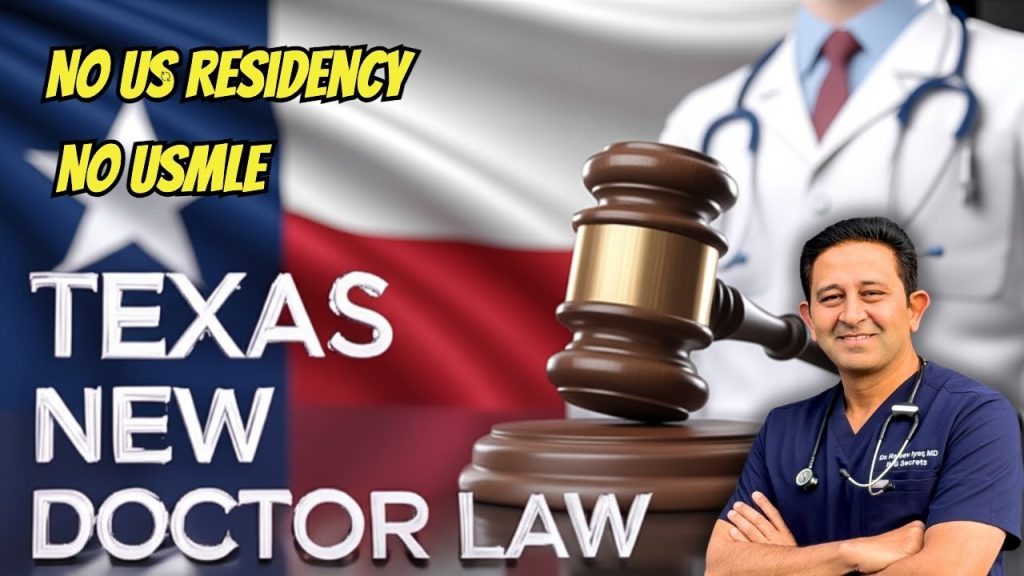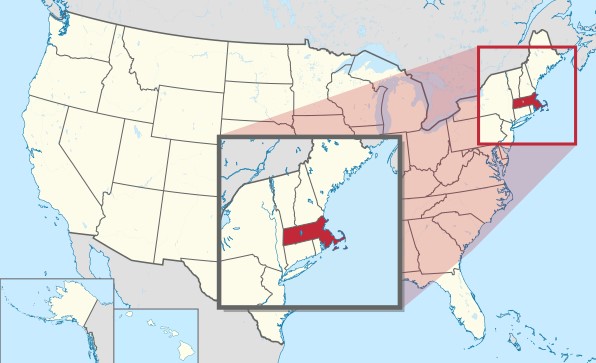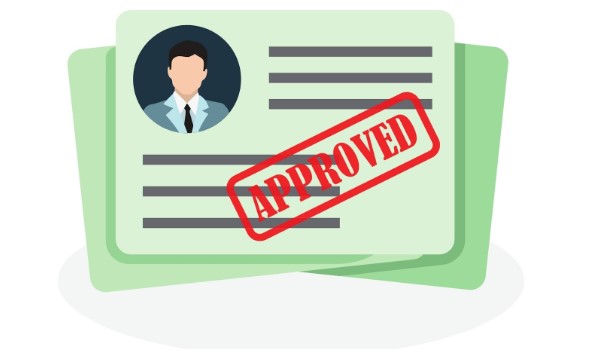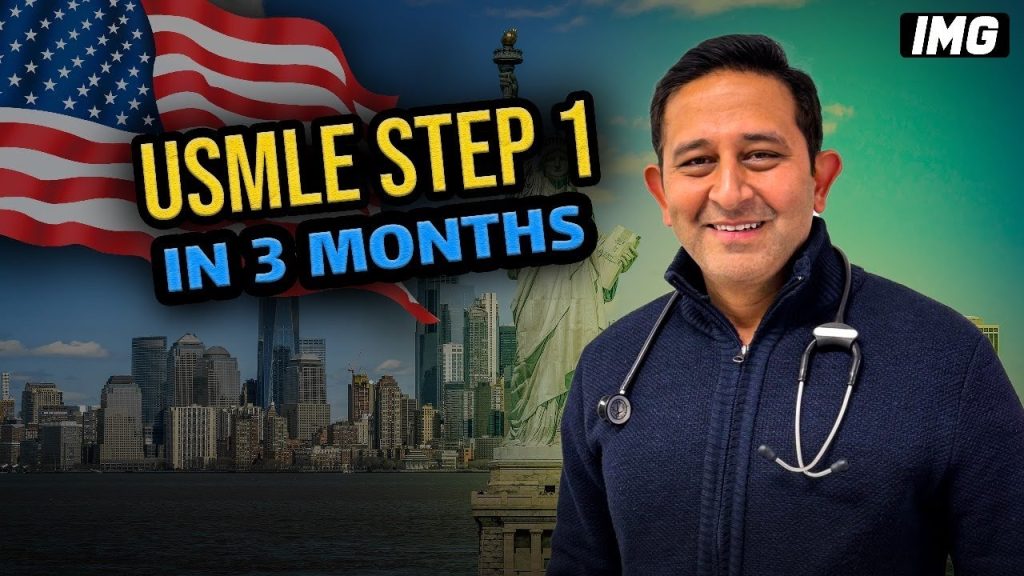Best Medical Specialties for Practicing in the USA or Canada
Best Medical Specialties for Practicing in the USA or Canada Best Residency Programs for Moving Abroad: A Guide for IMGs By 2033, the USA might be short by 139,000 physicians. Canada isn’t far behind, with one in five Canadians unable to find a family doctor. If you’re a doctor—or planning to be one—this is your golden opportunity. The doors are wide open, but you’ve got to step through the right ones. Choosing the right medical specialty can make all the difference. Some fields have residency spots just waiting to be filled. Others? You’ll need luck and a hefty dose of persistence. Whether you’re just starting your medical journey or switching gears, this guide will help you figure out where your skills and ambition can take you in North America. So, ready to explore the specialties that are worth your time? Let’s dig in. https://www.youtube.com/watch?v=JaTyhVY3xjM 1. Internal Medicine: A Steady Path to Success in the USA and Canada Internal medicine, often referred to as “IM” by professionals, remains one of the top specialties for aspiring doctors aiming to practice in the USA and Canada. Here’s why: Why Internal Medicine? Let’s get one thing straight: internal medicine is huge. It’s one of the specialties that is always in demand, and there’s a reason why so many aspiring doctors flock to it. Here’s why: Plenty of Residency Spots: If you’re an international medical graduate (IMG), internal medicine offers a pretty solid chance of getting into residency. It’s often less competitive than other specialties, meaning more opportunities for you to make that transition to the USA or Canada. According to NRMP data, there are more than 9,000 IM residency spots every year in the USA. High Job Demand: After completing your residency, there are tons of job openings for internal medicine specialists. Whether you’re working in a large hospital or a smaller clinic, the demand for doctors who can treat a wide variety of conditions is only growing, especially with the aging population. Flexibility for Subspecialties: Once you’ve completed internal medicine residency, you’ve got options. Want to specialize in cardiology, nephrology, or even infectious diseases? Internal medicine serves as a gateway to all these areas. You’ll have the flexibility to pivot and grow within the field. Top Internal Medicine Subspecialties to Consider Cardiology: Always in demand, cardiologists are needed to treat heart disease, which is one of the leading causes of death. Gastroenterology: This one’s big. Everyone’s talking about gut health, and this subspecialty is at the heart of that. Pulmonary Medicine: With lung diseases like COPD and asthma on the rise, pulmonologists are essential. Infectious Diseases: Especially in a post-pandemic world, infectious disease specialists are crucial for treating and managing infections. Internal medicine is the go-to specialty if you want job security and lots of options for future growth. And with its broad scope, you’ll never get bored! Book an Appointment 2. Pediatrics: A Rewarding (Yet Competitive) Career in Children’s Health Okay, so let’s talk about pediatrics. If you’ve always dreamed of working with kids and making a huge impact on young lives, pediatrics might be your calling. But be warned: it’s not a walk in the park. Why Choose Pediatrics? Big Demand: There’s always a need for pediatricians. Families are constantly on the lookout for a good pediatrician for their kids, and with the population growing, the demand is only going up. A Range of Subspecialties: If working with kids excites you, the subspecialties will have you over the moon. From pediatric cardiology to pediatric neurology, you can pick a path that fits your interests perfectly. Is Pediatrics Right for You? Pediatrics isn’t exactly a breeze to get into. It’s competitive, especially in North America. The subspecialties that involve more procedures—like pediatric cardiology—are some of the toughest to land. But if you’re ready to put in the work, the reward is huge. Pediatricians are among the most respected doctors in the field, and their ability to change lives (sometimes even save them) is unmatched. 3. Pathology: The Behind-the-Scenes Heroes of Medicine Let’s be real for a second—pathologists don’t get the same spotlight as surgeons or cardiologists. But without them? The entire healthcare system would crumble. Pathology is a vital specialty, and it’s growing in demand in the USA and Canada. What Makes Pathology a Smart Choice? Rising Demand: Pathologists are needed everywhere, and this is expected to continue growing as new diseases pop up and medical technology advances. With an aging population and an increase in complex conditions, the role of the pathologist is becoming more important. Multiple Pathways: Whether you come into pathology through a fellowship or residency, there are multiple pathways to getting in. It’s one of the specialties where IMGs can have a smoother transition. Key Pathology Subspecialties to Explore Forensic Pathology: Think CSI. If you’re into the idea of investigating cause-of-death cases, this is your niche. Hematopathology: Pathologists in this subspecialty focus on diseases affecting blood cells. It’s crucial for diagnosing conditions like leukemia and lymphoma. Molecular Pathology: A newer and rapidly growing field, molecular pathologists focus on the genetic and molecular makeup of diseases. While pathology doesn’t get the flashy attention some other specialties do, it’s a crucial part of healthcare and a great career option if you enjoy working behind the scenes. 4. Radiation Oncology: A Specialty on the Rise Here’s a specialty that’s booming: radiation oncology. It’s not only becoming more popular but also more important as new technologies continue to change the game for cancer treatments. Why Is Radiation Oncology Gaining Popularity? Rising Salaries: Radiation oncologists are making more money than ever before. It’s a field with high earning potential, especially in the USA. Technological Advancements: As new radiation treatments come to the forefront, oncologists are increasingly in demand. Hospitals are bringing in cutting-edge tech, and this is only expected to grow. Is Radiation Oncology Right for You? Radiation oncology is a complex field. You’ll be working with highly advanced technologies to treat cancer, so the learning curve can be steep. But for


